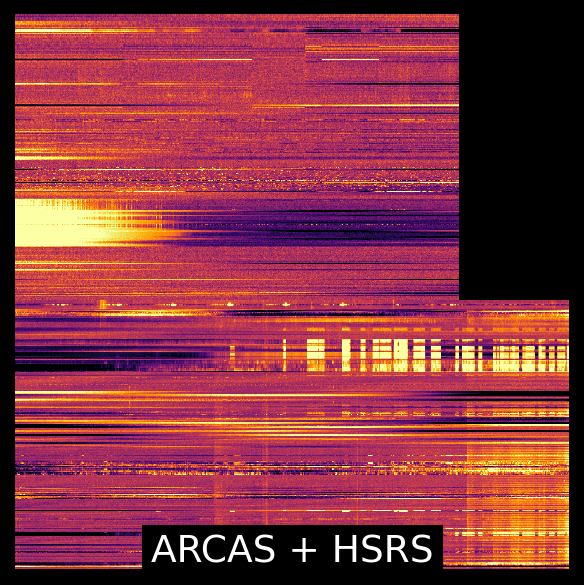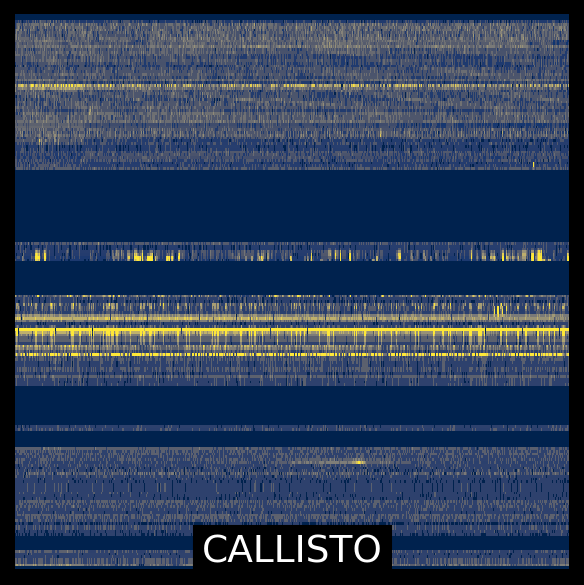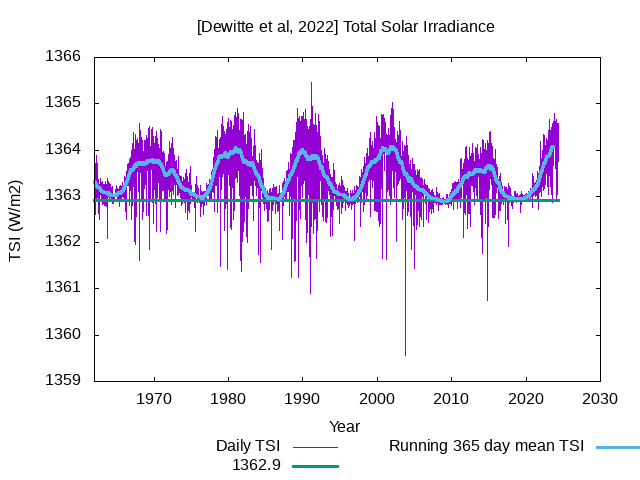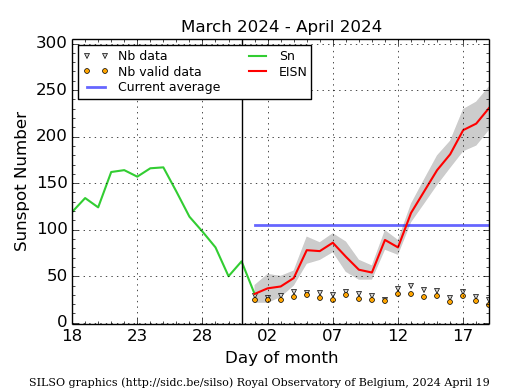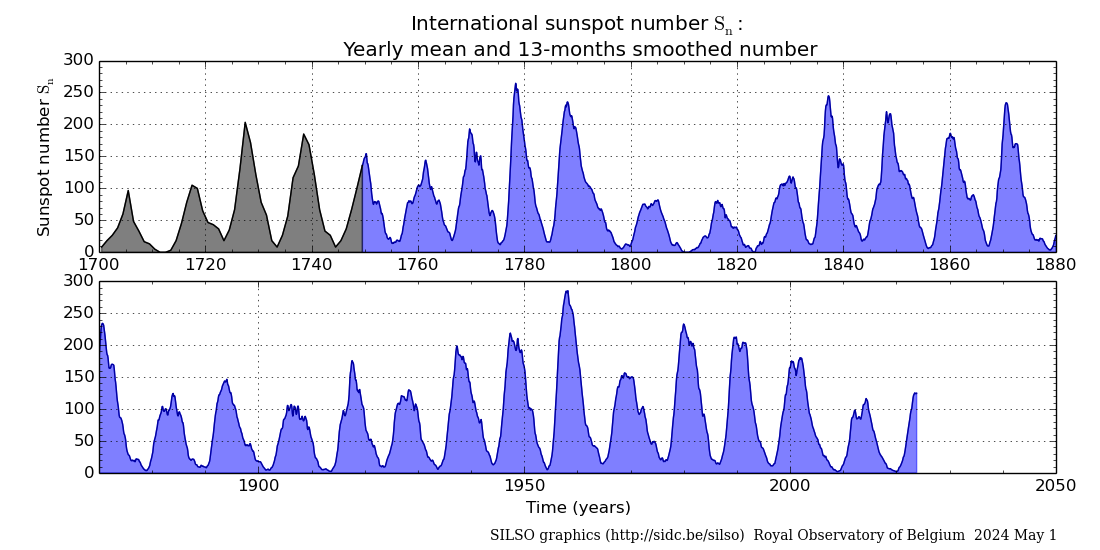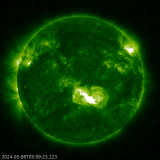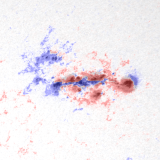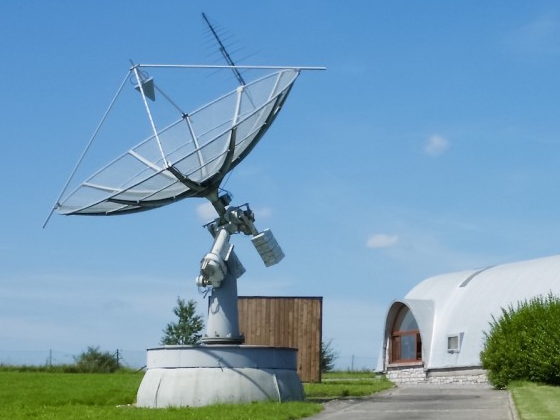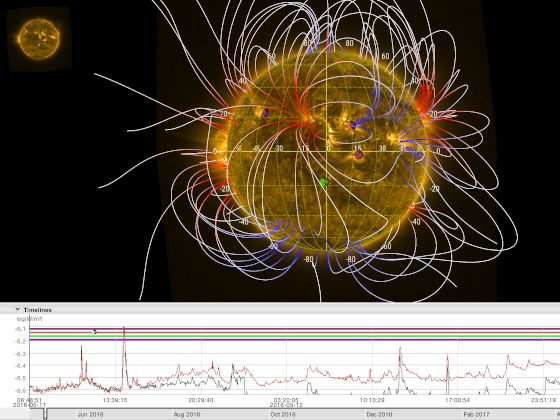The solar flaring activity was at high levels with several M-class flares and two X-class flares during the last 24 hours. The strongest reported flare was GOES X4.0 flare which peaked at 06:54 UTC on May 10, produced by NOAA Active Region (AR) 3664. During the flare, source region (AR 3664) of the flare had beta-gamma-delta configuration of its photospheric magnetic field. The solar flaring activity is expected to be at high to very high levels over the next 24 hours possibly with M-class flares and chance for X-class flare.
A partial halo coronal mass ejection (CME) was observed on SOHO/LASCO-C2 images around 07:12 UTC on May 10. This CME is associated with a X4.0 flare, which peaked at 06:54 UTC, produced by NOAA AR 3664. Associated type II and type IV radio emissions were detected at 06:46 UTC and 06:51 UTC, respectively. This CME has a projected speed of about 694 km/s (as measured by the Cactus tool). The corresponding ICME is expected to impact the Earth on May 12.
The greater than 10 MeV GOES proton flux started to increase around 11:00 UTC on May 09, associated with coronal mass ejections and flaring activities from NOAA AR 3664. It is increasing but still remains below the 10 pfu threshold level. In the next 24 hours, it may possibly cross the threshold level.
The greater than 2 MeV electron flux, as measured by the GOES-16 satellite, was below the threshold level over the past 24 hours and is expected to remain so in the coming 24 hours. The 24h electron fluence is presently at normal level and is expected to remain so for the next 24 hours.

